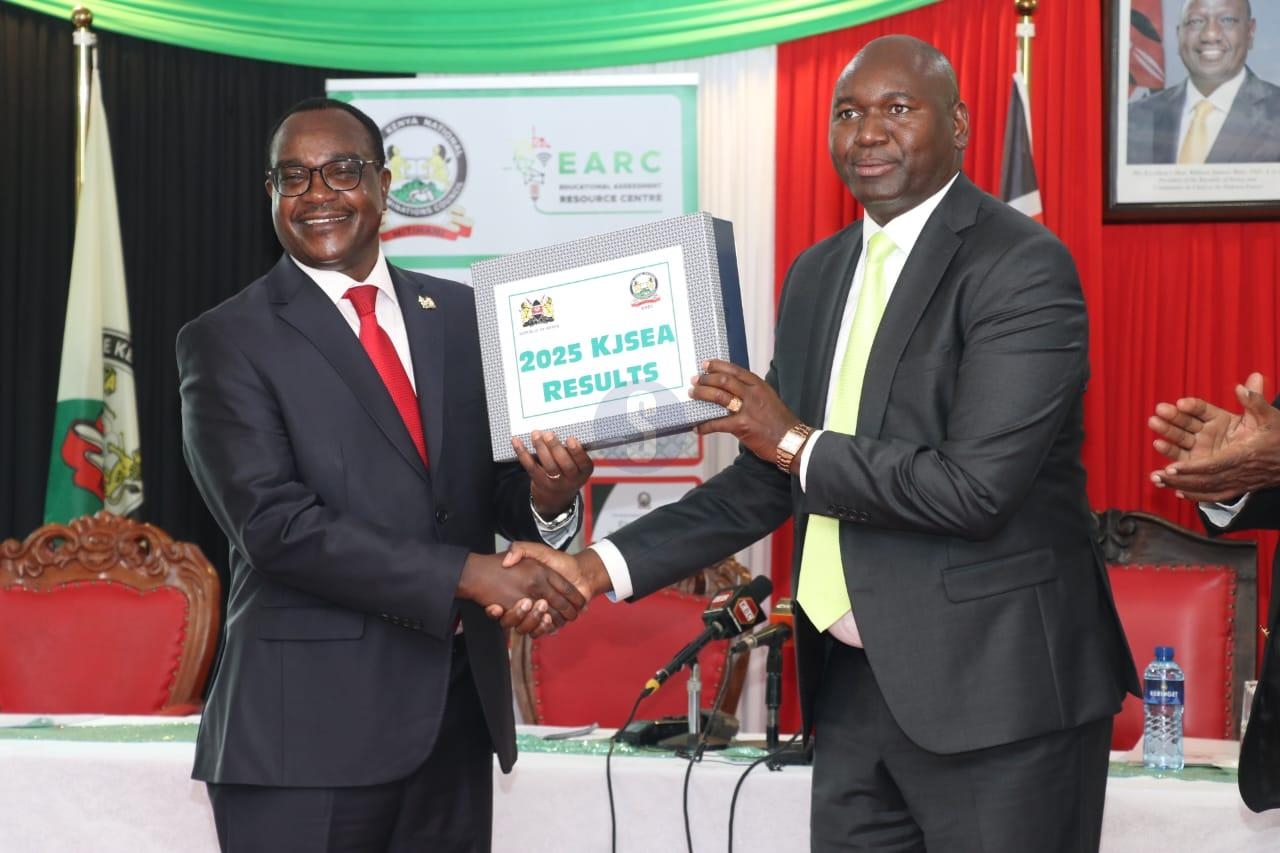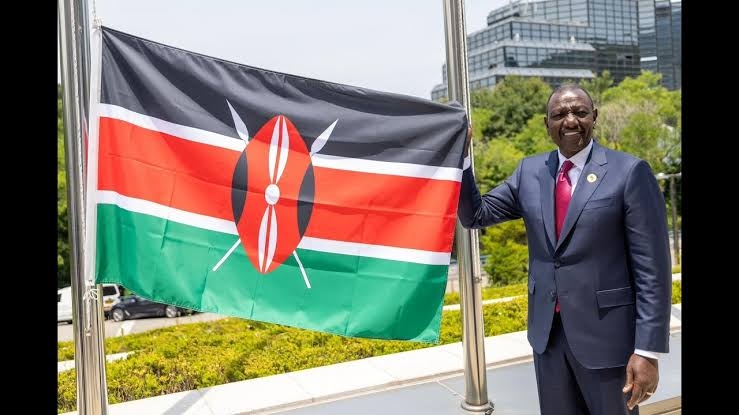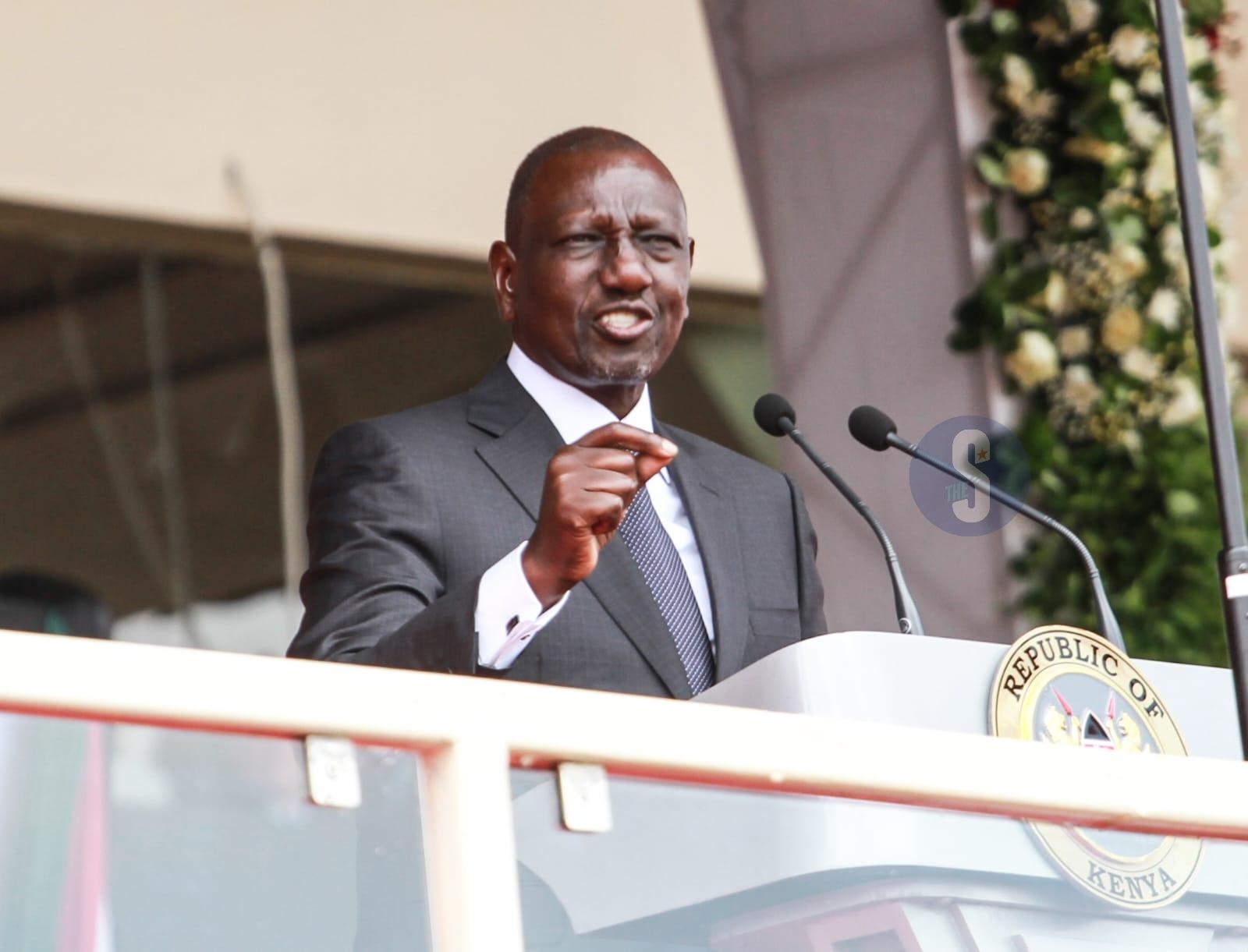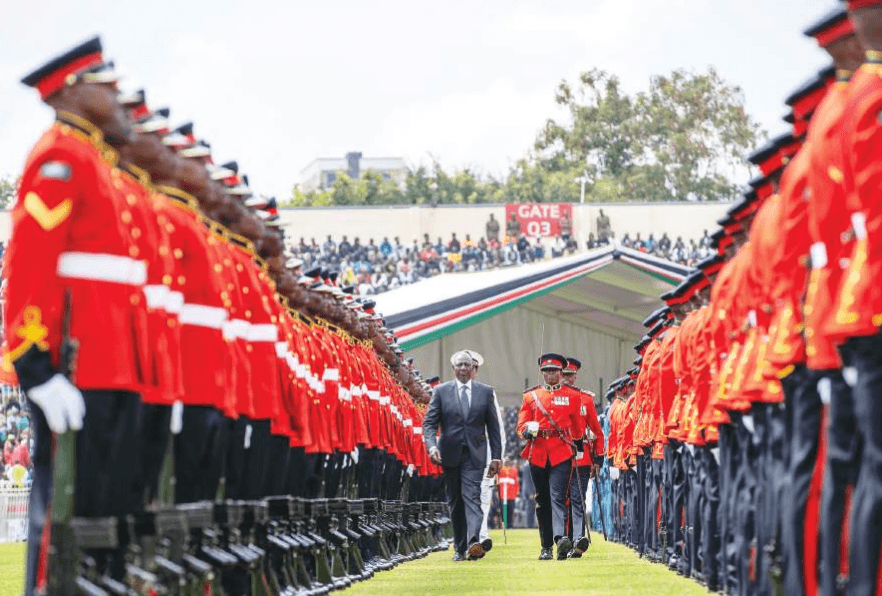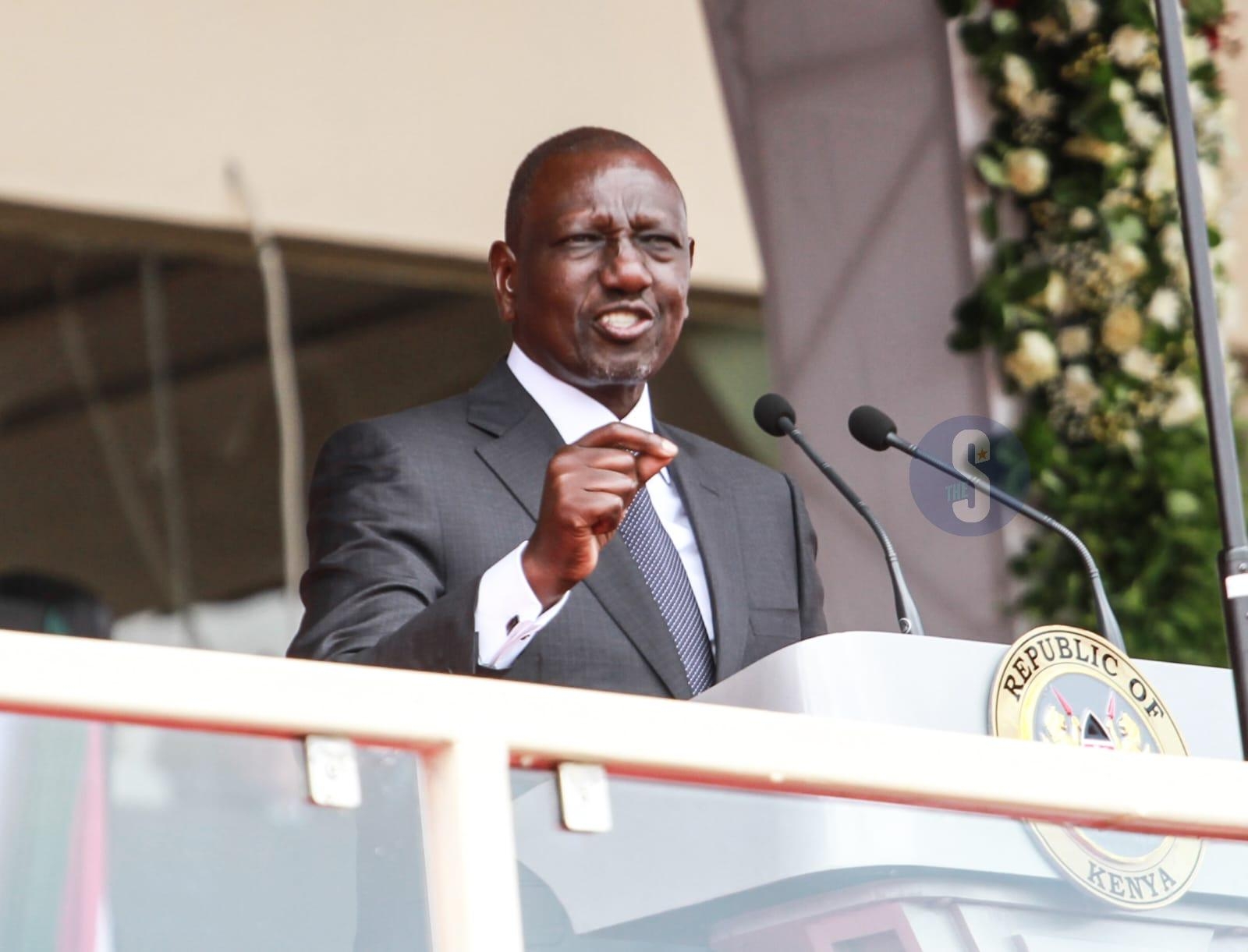Kenya’s insurance industry paid out a total of Sh150.2 billion in customer claims last year, industry data shows, with motor and medical accounting for the lion share of the payments.
This was on the back of increased medical bills in households, motor vehicle theft and a high accident rate, which saw underwriters’ costs go up, even as business improved.
The Association of Kenya Insurers(AKI) industry report shows the gross written premium for the period grew by 13.5 per cent to stand at Sh312 billion, compared to Sh275 billion in 2021.
Non-life or general insurance contributed 55 per cent of the total gross premium while life insurance contributed 45 per cent.
The pay-out was a 4.33 per cent increase compared to Sh145.9 billion claims paid in 2021.
“Motor insurance paid out the highest claims at Sh37.6 billion followed by medical insurance at Sh32.4 billion. Life insurance claims and benefits paid out to customers stood at Sh76 billion,” AKI said in a statement yesterday.
This was by the 56 insurance firms and five re-insurance companies in the country, with industry data showing claims have been increasing year-on-year in the past five years, from Sh111 billion in 2018.
Last year’s claims represented 48.7 per cent of gross written premium for the year, as insurance penetration slightly increased to 2.33 per cent, compared to 2.29 per cent in 2021.
Contrary to common belief, Insurance penetration does not represent the number of people insured, AKI noted, but rather, it represents the contribution of insurance to the economy expressed as a percentage.
During the year, the industry contributed Sh5.54 billion in corporate taxes to the government, up from Sh3.27 billion in 2021, representing a 41 per cent growth.
This came as industry net profits grew to Sh11.9 billion from Sh8.5 billion the previous year, as the sector picked up from the effects of the pandemic which slowed down economic activities, amid high claims form job-losses.
The sector has also been battling fraudulent motor accident (injury) claims, theft and stealing by agents, and obtaining by false pretence which remain common, according to the Insurance Regulatory Authority.
Last year, a total 38 insurance fraud cases were reported to the Insurance Fraud Investigation Unit (IFIU) with forgery of motor insurance certificates leading-IRA data.
Premium undercutting by firms in a race to protect their market share is also a major challenge, with the trend blamed for the underwriting losses in the industry.
Last year, commissions and expenses paid by insurance firms also increased to Sh87.2 billion, AKI report indicates, up from Sh79.53 billion.
“Insurance intermediaries – agents, brokers, bancassurance agents- continue to play a critical role in distributing life insurance products to Kenyans and they account for an average of 80 per cent of life insurance business,” AKI noted.
Insurance for work related injuries (WIBA) recorded the highest profit at Sh2.2 billion followed by theft at Sh670 million.
While Motor and medical insurance form the lion’s share of gross written premium, they also are the biggest loss-making businesses in non-life insurance.
Gross premium for Motor (private) insurance grew by 4.86 per cent but it also recorded the highest loss of Sh4 billion, an improvement from a loss of Sh5.9billion in 2021.
Motor (commercial) insurance gross premium grew by 2.48 per cent but made a Sh 2.97 billion loss, compared to Sh2.99 billion in 2021.
Medical insurance gross written premium grew by 15.22 per cent but the business recorded a Sh885 million loss.
Despite the growth in business income, high management expenses and fraud continue to chip away at the profits in motor insurance, while medical insurance is plagued by fraud and high cost of healthcare.
Agriculture Insurance gross written premium declined by 33 per cent to Sh518.83 million in 2022, compared to Sh776.83 million in 2021.
The two sub classes had differing performance; while crop insurance grew by 1.6 per cent to record Sh359.5million, livestock insurance declined by 62.3 per cent to record Sh159.34 million.
“As the government pursues measures to ensure food security for the Kenyan population, agriculture insurance should form a key part of the initiatives,” AKI chairman Nixon Shigoli said.
Agriculture insurance serves as a vital instrument for risk management, offering protection to both small and large-scale farmers against losses triggered by unfavourable weather conditions.
This guarantees that farmers maintain their income and can sustain their farming operations, even in the event of crop failures or livestock losses.
Given the erratic weather patterns resulting from climate change, agriculture insurance also forms a climate risk mitigation measure that calls for multisectoral collaboration especially between the insurance providers, the government and development partners, the association noted.
The report is developed using the audited accounts from insurance companies and it covers the period January 1, to December 30.


